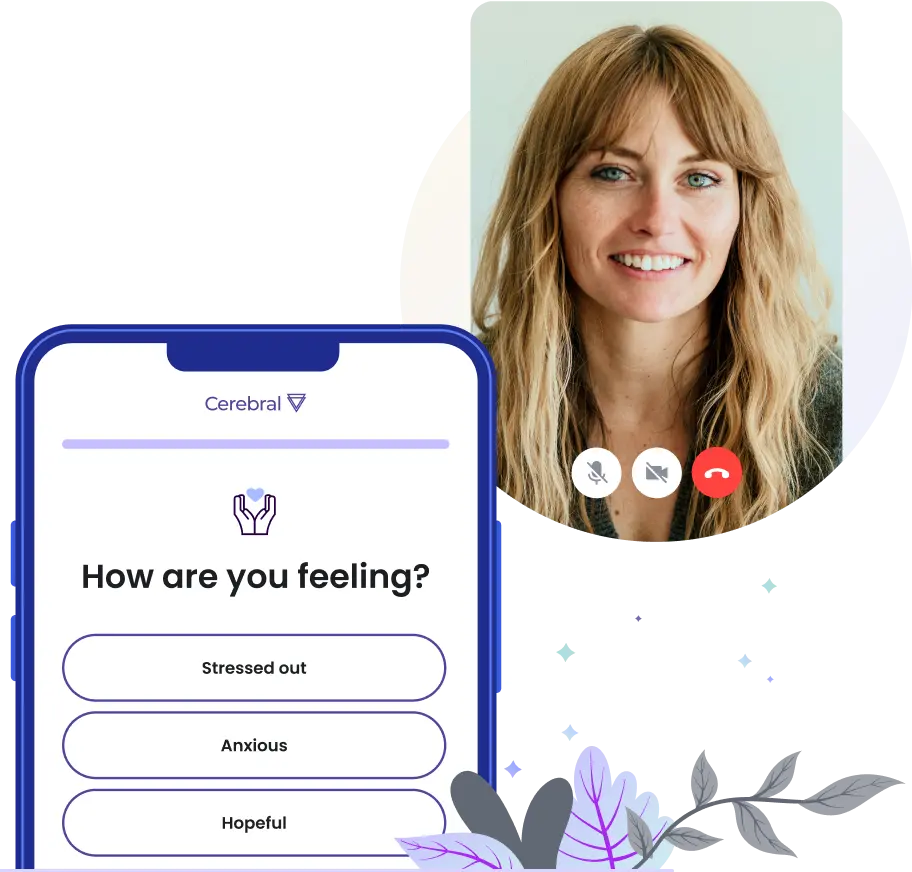With each passing day, our lives seem to get busier. We race from one place to another—from work to home or to school to pick up the kids before rushing over to soccer practice. Did we make sure to feed ourselves and our loved ones healthy meals? Did we have time to prepare a meal or are we constantly eating out? Are we showing up as our best selves at work and for our relationships? There is a never-ending laundry list of to-dos and, of course, never enough time in the day.
On top of our overwhelming day to day responsibilities, we might find ourselves stuck ruminating on the past or worrying about the future. If thoughts of a painful past or worries about the future are whirling around your mind and ramping up stress and anxiety levels, meditation may help you find peace over time.
Meditating (in addition to getting enough sleep) is one of the easiest ways we can improve our wellbeing. With so many resources and techniques out there, it can seem overwhelming and complicated, but by reading this article, you have already taken the first step towards building your meditation habit. With a bit of patience and regular practice, you will be well on your way to better managing your mood, your thoughts, and staying in the present.
What is meditation?
When you think of meditation, your thoughts may turn to turn to the age-old image of a person sitting cross-legged with their eyes closed saying, "ommm." This is only part of the picture. What occurs in the individual's mind as they are meditating is key, and in fact, the goal is to empty the mind and focus on the breath.
Meditation boils down to the practice of concentrating on our breathing—it is a single-minded focus on the sensation of our inhale and exhale. Our bodies and minds run on autopilot every day since it’s their job to do and think as much as possible without our active engagement. As such, our minds often zoom forward to plan for (or worry about) the future, and then they turn back around to ruminate about the past.
Meditation is the conscious decision to let all thoughts flow into the background where they can come and go without judgment. We want our attention to rest solely on our inhales and exhales.
Think of the popular children's carnival game where a ring of yellow ducks goes round and round in a small, watery circuit. Participants are given a fishing pole with a magnet attached to the end of the line, rather than a hook, to pursue the magnetic ducks. Most children will dip their fishing pole into the circuit again and again with nervous or frenzied fervor.
This is what our minds look like when they become busy or overwhelmed with thoughts. We are unable to grasp ideas or find actionable insights; the thoughts just go round and round.
Rather than pressing up against the circuit and swinging the fishing pole around, we can take a step back and observe. We realize there is no need to collect all the ducks. It is more helpful to be calm and intentional about the ones we select.
Similarly, think of it as the difference between being planted in the middle of a metropolitan crossroad versus standing atop a hill, away from the honking and rushing sound of cars, watching the vehicles come and go from afar.
Meditation offers a reprieve from our busy thoughts and a macro lens from which to view our circumstances. Consistent practice helps us become less reactive, less stressed, and more focused. The benefits are far-reaching and long-lasting.
What benefits will I see?
Your immediate feelings after meditation will vary, especially when you are first starting. Some days while meditating, you will feel a sense of calm wash over you as if a spring rain has come and left you refreshed for the day.
Other times, you may find yourself restless and unable to focus. You may have doubts about whether meditation is a practice worth taking the time to cultivate. After all, you are busy and life may be pulling you in all directions. However, if that is the case, then meditation is even more crucial.
Meditation is a marathon rather than a sprint. Even if early enthusiasm wanes, it is worthwhile to be persistent and disciplined. It is a practice that will help you cultivate awareness and compassion, both for yourself and for others. Meditation teaches your mind to stay focused on the present rather than being distracted by looping thoughts. With regular practice, it has the potential to transform your approach to and perspective on life.
How do I meditate?
Meditation is accessible anywhere and at any time. Let's take a few minutes to run through these steps live.
1. Identify your meditation aim
Why have you decided to meditate? Whether it is to calm your thoughts, manage your stress, or learn to focus, keep your goal in mind as you begin. Remembering your aim each time you meditate will help you stay committed.
2. Pick a time and place
Make it easy for yourself to meditate by designating a time and place in your daily schedule. It could be helpful to associate it with another action in your morning or evening routine. Perhaps you could commit to meditating as soon as you turn off your alarm or right before you turn off the lights.
3. Select a duration
Begin with shorter meditations spanning two, three, or five minutes, then build up the length. To recall an earlier point, mindful meditation is a marathon rather than a sprint.
4. Get comfortable
Feel free to sit cross-legged, in a chair, or even stand. Beginners typically begin in a chair with both feet planted on the ground. The key is to keep your back straight, neck relaxed, and chin slightly tucked. Your hands will rest lightly in your lap.
5. Focus on your breath
Close your eyes to begin your meditation. Count your breaths in intervals of 10, if it helps with your focus. What does it feel like to inhale deeply? What does it feel like to exhale?
6. Bring your attention back to your breath
Your attention will inevitably wander, whether it is on your second inhale or twenty-fifth exhale. When you recognize your mind is drifting, you have experienced a moment of awareness. Gently bring your attention back.
7. Repeat your meditation to build a habit
If you miss a few days, pick up right where you left off. Remember your aim. Mindful meditation only takes a few minutes a day and only benefits you. Ten minutes a day for seven days goes further than 70 minutes on a single day!
How was your meditation? Training your mind to focus on your breathing for prolonged periods of time will help you recenter as life becomes overwhelming. With a little persistence and patience, you will be well on your way to building a habit of mindful meditation.

6 Self-Care Tips for Stress and Burnout Recovery

How to Overcome Procrastination

How to Set Boundaries During the Holidays

Call 911 if you’re having a
mental health emergency
Text Home to 741-741 if you're in emotional
distress and need immediate support
Call or text 988 Suicide &
Crisis Lifeline. Chat service
is available at 988lifeline.org.
